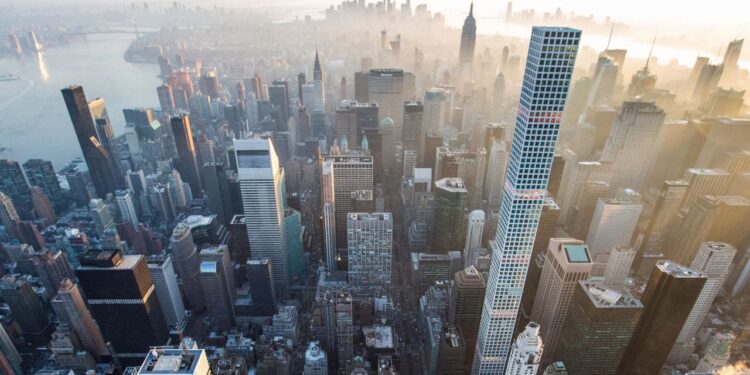For recent college graduates, affordability isn’t a guarantee.
Education no longer offers the promise of finding a place to live within their income bracket, and in fact, it may be harder than ever for young workers to afford rent.
In 2021, rent grew 10% from pre-pandemic levels, with the median cost of rent in the U.S. coming to $1,037 per month. This means that workers must make an annual salary of around $40,000 in order to afford rent.
As wealthy individuals fled cities in search of wide open spaces during the pandemic, rents plummeted in what became lower and middle-class renters’ dream.
However, as the world attempts to rebound from the throes of the pandemic, those privileged workers have returned to cities, much to the delight of mouth-watering landlords.
“It’s a remarkably hard and privileged thing to be able to get even just the cheapest apartment on the market right now here,” said Caleb Seamon, a recent college graduate who delivers for Uber Eats in addition to working a full-time job.
With landlords continuing to hike up rent, it’s no wonder that finding a place to live has become increasingly challenging.
Even some of the most inexpensive large cities are feeling the brunt of rent increases.
For 22-year-old Skyler Lee, paying $1950 a month in rent for a two-bedroom apartment in Austin seemed reasonable. However, soon after signing the year-long lease, other apartments in her building were listed for $2,400 — which will likely impact her lease renewal.
These rent hikes visibly impact Millennials and Gen Z, who have faced the bulk of economic uncertainty since they both entered the workforce. This grows tenfold when considering renters who are people of color.
With the threat of a recession looming over and less people purchasing homes, rents are expected to continue climbing and the affordability crisis could still be in its infancy.


 Dr. Gleb Tsipursky – The Office Whisperer
Dr. Gleb Tsipursky – The Office Whisperer Nirit Cohen – WorkFutures
Nirit Cohen – WorkFutures Angela Howard – Culture Expert
Angela Howard – Culture Expert Drew Jones – Design & Innovation
Drew Jones – Design & Innovation Jonathan Price – CRE & Flex Expert
Jonathan Price – CRE & Flex Expert












